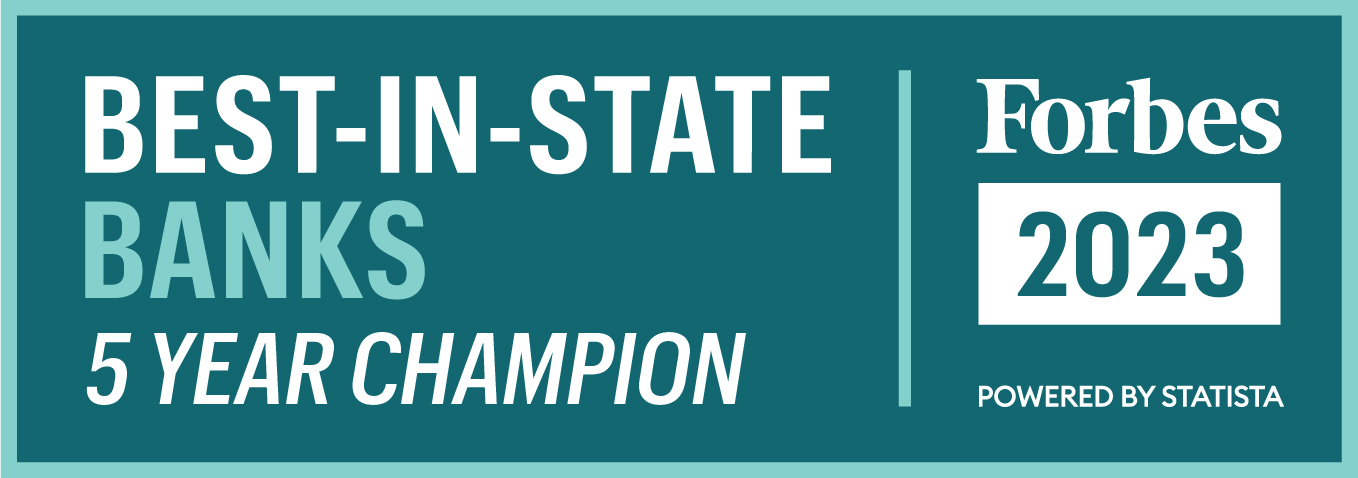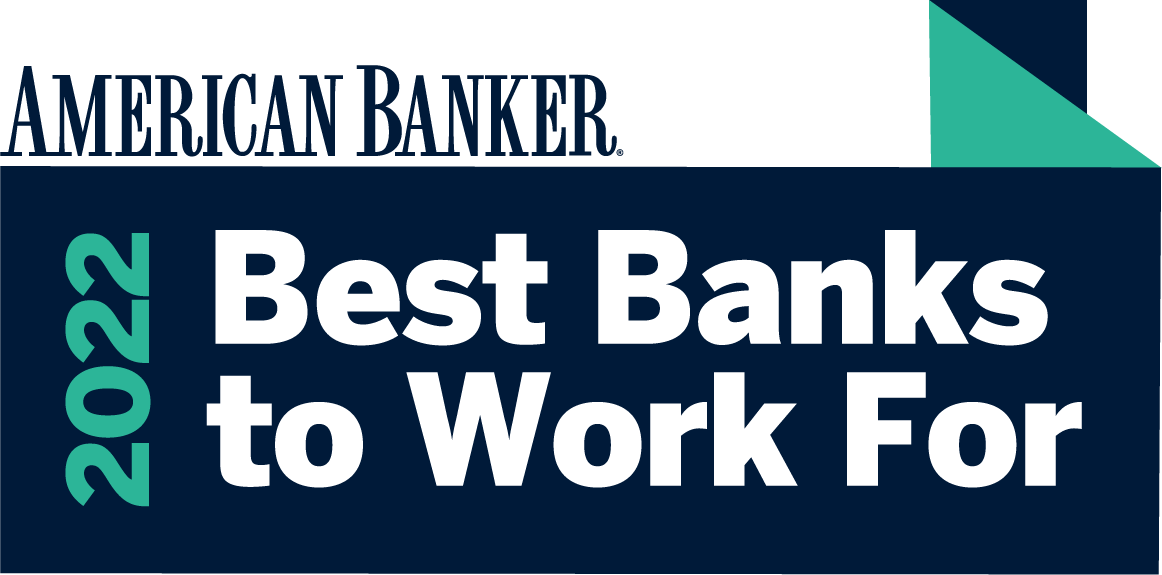No matter how large or small your business is, your company could be subject to a cyberattack. For cyber criminals, these are low risk attacks that offer high rewards. Being prepared by protecting your data and any customer identification is the best way to prevent a data breach. Having a network with high security and educating employees about using strong passwords and not opening emails from unknown senders, for example, can make a difference and keep your data safe.
Here are common cyber security threats to look out for:
Phishing
Employees need to be careful when opening emails, especially those individuals who have access to company bank accounts and other sensitive information. Just like you wouldn’t open a suspicious email in your personal account, employees need to take the same caution when it comes to their corporate email account.
In addition to training employees about which emails not to open, the best way to protect your network against phishing is to install and maintain effective security software. As an added precaution, one way employees can protect data is by only relaying sensitive information via the phone when they initiate the call or through secure websites. If you have had an attack and provided the hacker with sensitive financial information by accident, contact your financial institution immediately.
Ransomware
Often delivered via emails, these viruses encrypt the data on your business’s network. The hackers demand a ransom in exchange for the decryption key that will give you access to your data.
Hack attack
You don’t want someone gaining unauthorized access to your network, particularly if that network contains customer data such as credit card numbers or other sensitive data. Without proper security and firewalls, you may become vulnerable to a hacker.
The best way to protect your system against hackers is to keep firewalls, antivirus software and operating systems current by automatically updating them whenever there’s a new release. Not using WiFi is another way to keep information safeguarded as hacking into these networks can be easy depending on how secure the password is and how often it’s changed.
Denial of service
Too much data can overwhelm a website, especially when pushed to your servers in a malicious manner. When this happens, network performance will be slower, you may not be able to access any websites, and you may start receiving an inordinate amount of spam. The best way to protect against this is to install antivirus software and firewalls and to update these automatically.
Human error
People are sometimes the weakest link to protecting the company information. Many data breaches occur when someone unknowingly gives information to an unauthorized person. No matter how insignificant the data may be, in the wrong hands it can still have damaging consequences. The best way to prevent this is to teach employees not to provide information to people they don’t know unless they have initiated the call and the number is verified for a particular institution.
Extortion attacks
Extortion by threatening to expose information on your network can be successful if you have sensitive data that can be embarrassing to you or your customers. This attack typically occurs after a data breach because hackers gained access to sensitive information.
CEO fraud
Be wary of people posing as senior staff because they may have hacked an email account or are “spoofing.” These intruders may convince others to make payments or exchange sensitive information.
Internet of Things (IoT) data theft
IoT devices track data and are connected to the Internet. Since these devices often have little to no security, stealing information from these devices is easy to do. Make sure unauthorized people do not have access to these devices and the information on them. Hackers can also place ransomware on poorly secured devices.
Cyber espionage
Your intellectual property can be stolen if a hacker gains unauthorized access to your network. Weak security makes stealing your trade secrets easy. You can protect your business with proper network security. This includes having a data policy that limits who can access what, controlling the devices on your network with regards to the software that is installed, and monitoring activity for unexpected behavior to make sure intellectual property is kept on the network.
We’re here to help. You can find more information about cyber security and identity theft in our Simply Speaking blog.




